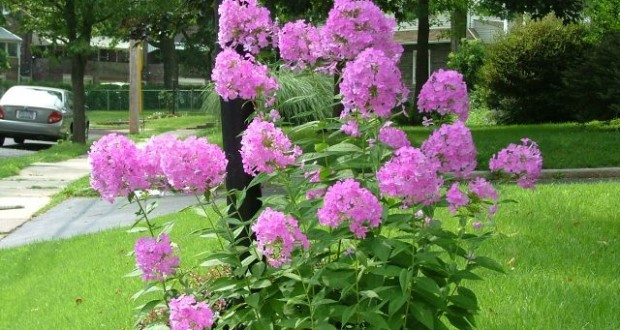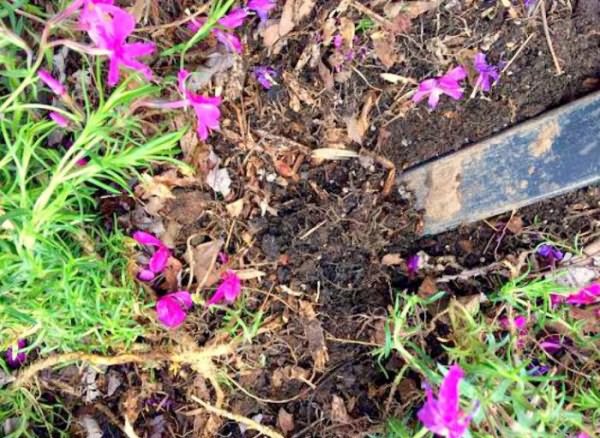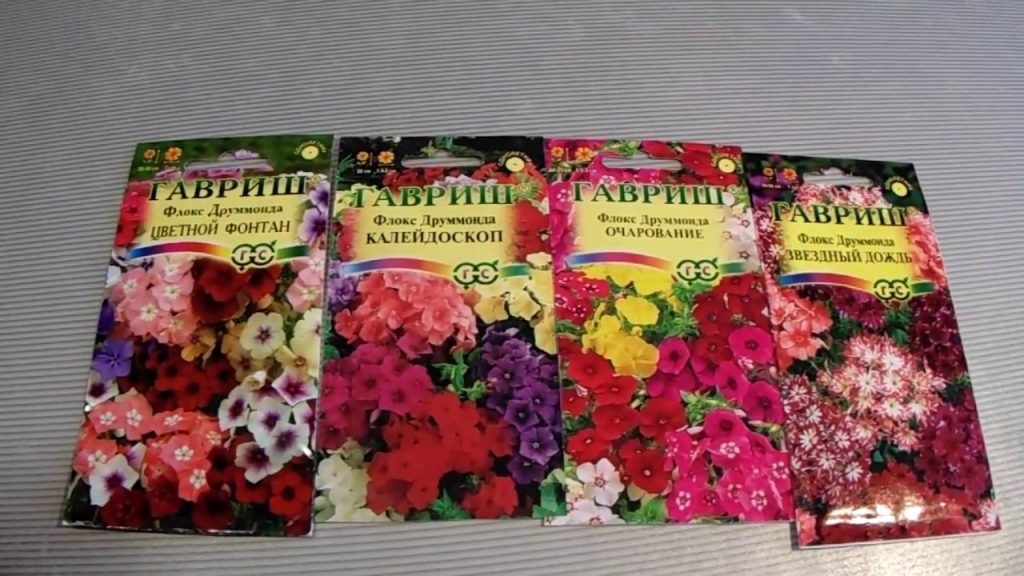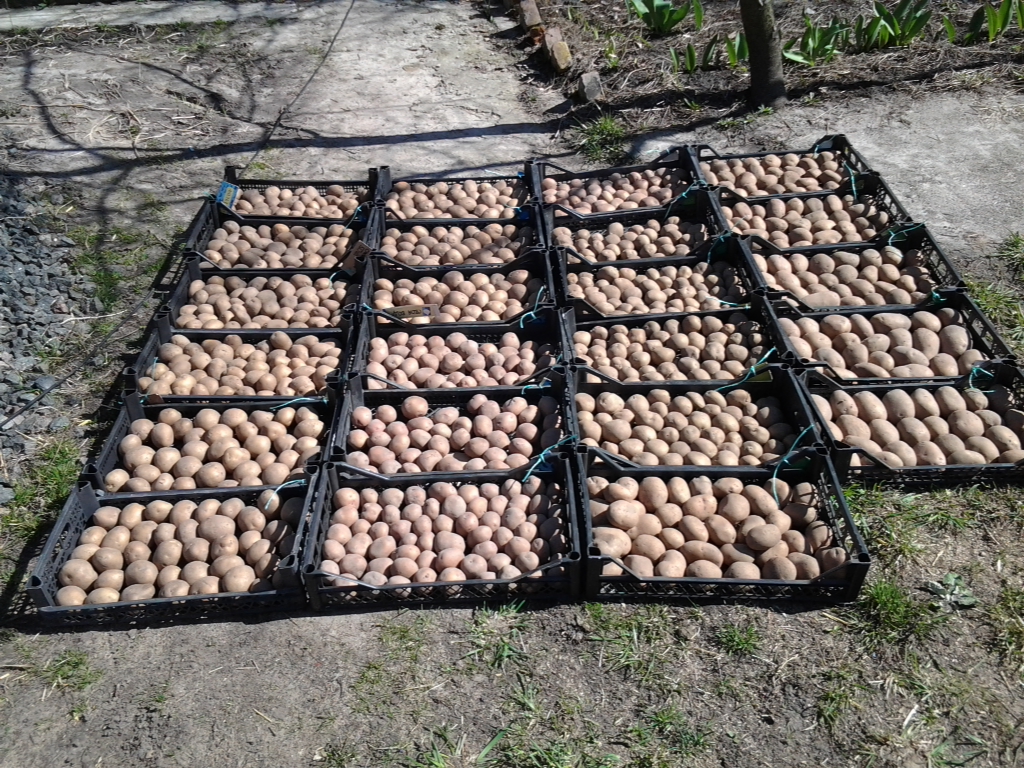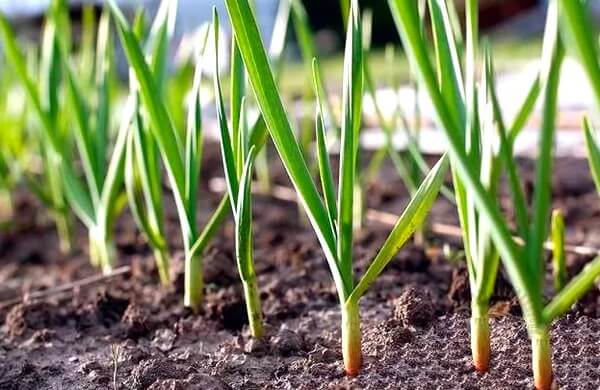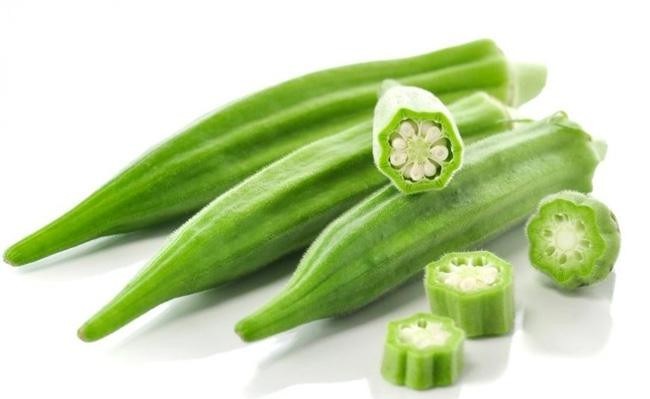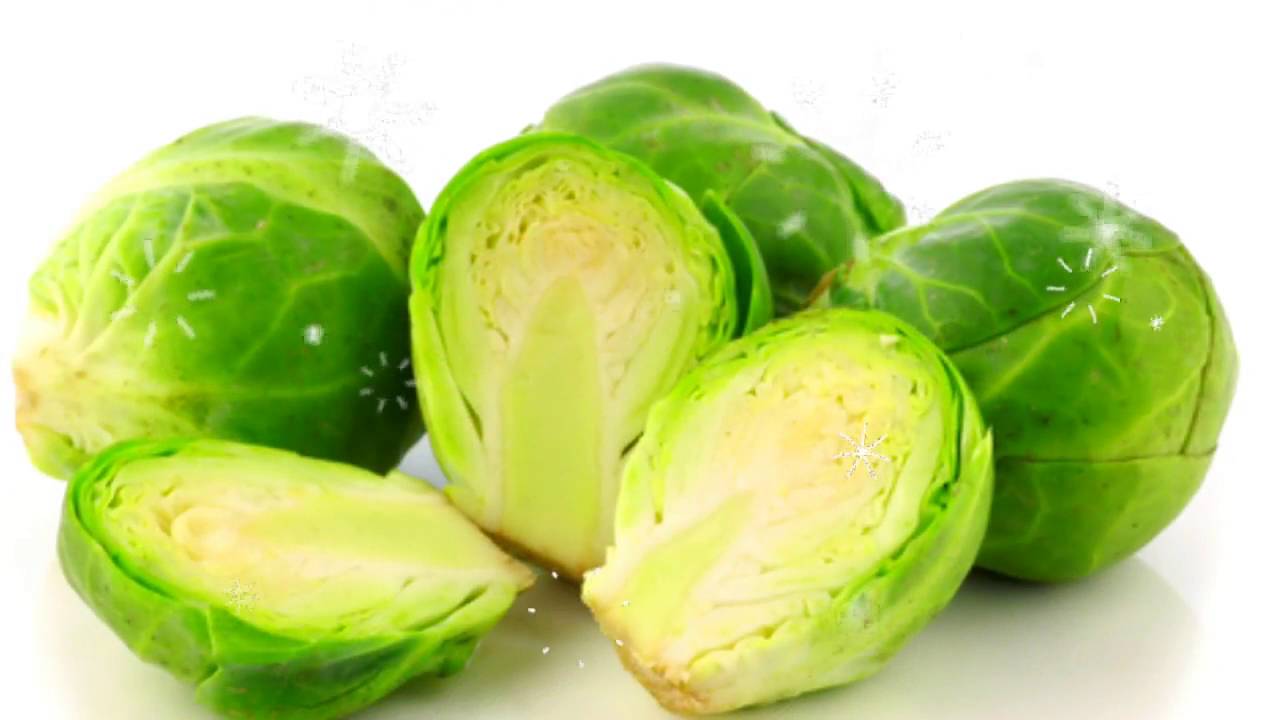Content:
These perennial fragrant flowers are loved by many for their attractive appearance, while they are not too demanding to care for. It is enough to figure out how to grow phlox and provide them with the necessary conditions. You can grow phlox at home in a pot or on a plot.
Selecting and preparing a landing site
To get a beautiful flower bed, you need to know how to grow phlox. Perennials grow well in sunlit areas, but light shade is also acceptable. It is recommended to shield the plants from strong winds.
Phloxes love the east, west, southwest, or southeast side. The soil for planting should not be close to groundwater. Flowers grow well on loamy substrates with neutral acidity. The soil must be highly breathable and enriched with nutrients.
Humus, ash and compost are used as fertilizers, as well as mineral fertilizing. This will help the phlox during growth and flowering. If clay prevails in the soil, sand and peat are added. For acidic soils, lime is added. The landing site must be processed in advance. When planting in the spring, preparatory work is carried out in the fall, and in the autumn - in 14 days. The bed must be dug onto the shovel bayonet several times. The earth should crumble into small clods.
How to plant a culture correctly
It is necessary to ensure that the earth is moist by the time of planting. In dry weather, additional watering is required, and then loosening to a depth of about 15 cm. In general, phloxes propagate by dividing the root. Sowing scheme - tapes, one-, two- or three-line. The distance between them is kept in the region of 70 cm, the lines in the tape are spaced 40 cm apart, and the plants should be planted 35 cm.If a perennial is planted for landscaping, the number of plants is taken into account, the norm is 6 pieces per 1m2.
Care and cultivation
At the first time after planting, you must carefully monitor the moisture content in the soil. It is better to water not very often, but abundantly. When loosening the soil, you must try not to harm the phlox root system. When mulching plants, the soil surface will not dry out quickly, and in winter the plants will not be exposed to frost. For autumn planting, it is necessary to create a mulch layer of peat, shavings or straw.
The division of perennial bushes is carried out more often in the fall or summer, but it is permissible to do this in the spring. The plant has an early period of development of roots and vegetative system, immediately after the snow melts. Almost the entire root system of phlox is in the ground, no deeper than 25 cm, so the presence of moisture in the spring in the area where they grow is so important. The flower is able to grow and develop productively in one place for about 5 years, then a transplant is needed to another site.This procedure is carried out in the fall or spring. When flowering, it is permissible to plant phlox in summer.
In the climate of central Russia, a spring transplant is planned for early May. The soil will absorb a lot of moisture, which is a prerequisite for the successful development of phlox. The plant will quickly take root, but you must have time to perform all the actions within a week.
When transplanting, scheduled for autumn, they start from the timing of the phlox flowering. In early flowering and medium-flowering plants, buds are formed by the end of summer. They can be planted throughout September. Late-flowering phloxes can be transplanted until early October. Later, no manipulations should be made, otherwise the plants will not be able to root well before winter.
The bushes are divided with a shovel into the required number of parts and planted in pre-prepared holes. The kidneys must be underground. The distance between the bushes will depend on the height of the plant: low - 40 cm, medium - 50 cm, flowers over a meter in height - 70 cm. At the end of the procedure, the flowers are watered well, and in hot weather they shade a little.
Before loosening the soil, it is necessary to feed the plants with mineral fertilizers per 1m2:
- 20 g of ammonium nitrate or 11 g of carbamide;
- 20 g of potassium chloride;
- 20 g superphosphate.
In the second half of May, phloxes actively increase their green mass and need organic and mineral fertilizers. Mullein or chicken droppings are used, as well as potash and phosphorus fertilizers. A similar feeding is carried out at the beginning of summer, with an emphasis on potassium-phosphorus fertilizers. From the second half of June, the application of nitrogen is reduced, and during mulching it is allowed not to apply it at all.
Growing from seeds
Of the many plant species, there is one annual, the Drummond phlox. These phlox are perfect for growing a house on the balcony. They have a very decorative look. Drummond annual phloxes can be grown as seedlings at home in a pot, and then planted in open ground or taken out to the balcony.
Perennial phloxes can reproduce vegetatively - by layering, cuttings, dividing a bush - or by seeds. Many flower lovers choose not the cutting method, but sowing seeds for growing seedlings. Seed phlox can be grown at home. In this way, sufficiently strong plants are obtained for subsequent planting in the country in the open ground. The germination rate of seeds is almost 70%.
Experienced flower growers know how to grow perennial phloxes from seeds, followed by planting in the ground. The advantage of the seedling method is the exclusion of seedlings freezing. In addition, phlox grown by this method have a longer flowering period.
Preparation for sowing begins at the end of February - the soil is harvested, containers for growing. The seeds are planted in a mixture of peat, sand, humus, lime and mineral fertilizers. Sowing is done in March, without deepening the seeds much. Then they should be lightly sprinkled from a spray bottle. After sowing, the containers are covered with foil and placed in a warm and lighted place. The temperature should not drop below + 23 ° C. They must be ventilated daily and sprayed gently. The resulting seedlings are transplanted in May.
Pest and disease control
Phlox can be attacked by viruses and fungal infections... Viral diseases include:
- ring spot;
- necrotic spotting;
- rattle and curliness of leaves;
- variegated flowers.
Fungal infections that phlox are susceptible to:
- phomosis;
- rust;
- powdery mildew;
- leaf spot.
If cracks appear on the plant stem and leaves dry, this may indicate improper watering or increased acidity of the soil.
To prevent diseases, it is important to carry out preventive examinations. Phlox reproduces well, so it is better to remove a few suspicious bushes than to lose all plantings.
Pests that damage phlox:
- Leaf and stem nematodes.
Where they are accumulate, swelling and curvature occur, the flower does not grow well... The larvae of these worms do not die in winter, such a plant cannot be cured, therefore it is destroyed, and the soil is treated with drugs against nematodes.
- Slobbering penny.
Absorbs plant sapleaving behind a whitish foamy discharge on the back of the leaf. The Inta-Vir remedy fights it.
- Slugs.
They are active in wet weather or rain. Slugs eat leaves and buds. They put special traps on them, sprinkle the place next to phlox with lime.
- Caterpillars of butterflies.
They eat tender young leaves and buds. Treatment with insecticides helps from these insects.
Tips from experienced florists
Growing phlox perennials will be easy business, if you follow the advice of experienced florists:
- Dry stems must be removed;
- If you need to get a low and wide bush, pinch is done;
- When there are fewer flowers on the bush, phloxes need to be divided and transplanted;
- If there are a lot of weeds, weeding is necessary.
With proper care of phlox, you can get a garden with beautifully blooming and healthy plants.
